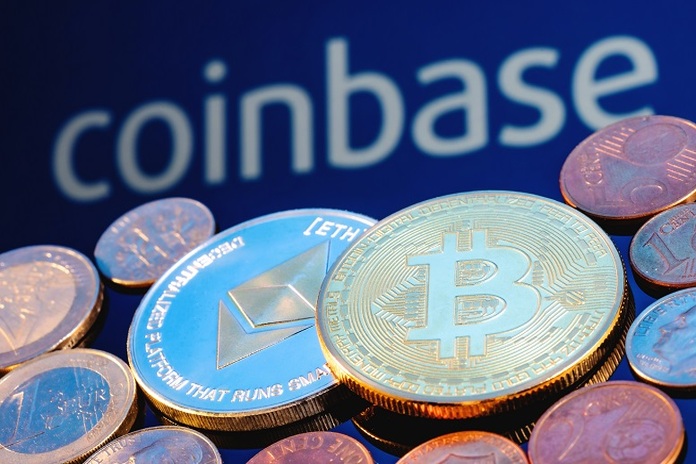BlockFi to Begin Crypto Distributions via Coinbase

Bankrupt crypto lender BlockFi is set to commence its first interim crypto distributions through Coinbase (NASDAQ:COIN) in July 2024. This move marks a significant step towards recovery for BlockFi and its customers following the fallout from the collapse of the FTX exchange.
BlockFi’s Journey Through Bankruptcy
BlockFi was one of the initial victims of the contagion triggered by the collapse of the crypto exchange FTX in early November 2022. Less than a month after halting withdrawals from its platform, BlockFi filed for Chapter 11 bankruptcy protection on November 28, 2022. Since then, the company has been working through the court system to secure approval for customer withdrawals that were locked up on the platform.
Restructuring and Settlement
In September 2023, BlockFi’s creditors approved its bankruptcy restructuring plan. This plan laid the groundwork for the company to settle with the estates of FTX and Alameda Research for nearly $1 billion in early 2024. These settlements have brought BlockFi closer to a full recovery for its customers, setting the stage for the upcoming distributions.
Interim Distributions Through Coinbase
The focus keyword “BlockFi crypto distributions” highlights the critical development in BlockFi’s recovery process. BlockFi announced on Thursday that the distributions will be processed in batches over the coming months. Eligible clients will receive notifications via email to their registered BlockFi accounts. However, non-US clients will not receive funds at this time due to regulatory requirements.
Reaching Out for Future Distributions
Clients who did not withdraw their funds by earlier deadlines are advised to contact the bankruptcy administrator. These clients may still have the opportunity to use Coinbase for future rounds of distributions, ensuring that all affected customers have a chance to recover their assets.
Impact of FTX Collapse on BlockFi
The collapse of FTX had a profound impact on BlockFi, forcing the company into bankruptcy and highlighting the interconnected nature of the crypto ecosystem. The ensuing legal and financial turmoil underscored the risks associated with centralized exchanges and the importance of regulatory oversight in the crypto industry.
Steps Toward Recovery
BlockFi’s journey through bankruptcy and its recent settlement with FTX and Alameda Research have been pivotal in its recovery efforts. By securing nearly $1 billion in settlements, BlockFi has made significant progress towards reimbursing its customers. The interim crypto distributions via Coinbase represent a major milestone in these efforts, providing tangible relief to affected clients.
Future Prospects for BlockFi and Its Clients
As BlockFi continues to navigate the complexities of bankruptcy and regulatory compliance, the company remains committed to its clients. The interim distributions are a positive sign that BlockFi is on the path to restoring trust and financial stability for its users. The involvement of Coinbase, a well-established and regulated crypto exchange, further enhances the credibility and security of the distribution process.
Regulatory Considerations
The exclusion of non-US clients from the current round of distributions highlights the ongoing regulatory challenges faced by crypto companies operating across multiple jurisdictions. BlockFi’s ability to navigate these challenges and secure the necessary approvals for future distributions will be crucial in ensuring that all clients receive their due funds.
Conclusion
The commencement of interim crypto distributions through Coinbase marks a significant step forward for BlockFi and its clients. This development, following the company’s bankruptcy restructuring and settlements, underscores BlockFi’s commitment to recovering and reimbursing its customers. As the process unfolds, BlockFi aims to restore trust and financial stability in the wake of the FTX collapse, highlighting the resilience and adaptability of the crypto industry.
Featured Image: Megapixl ©Selagin


